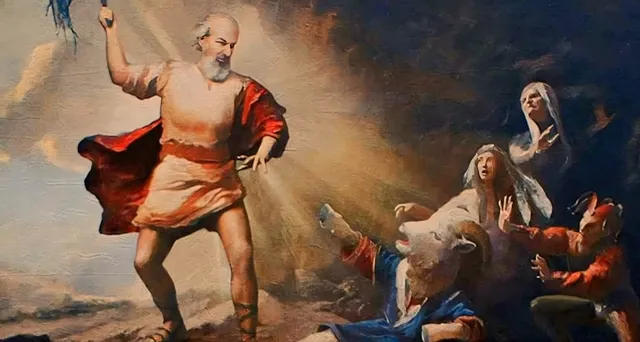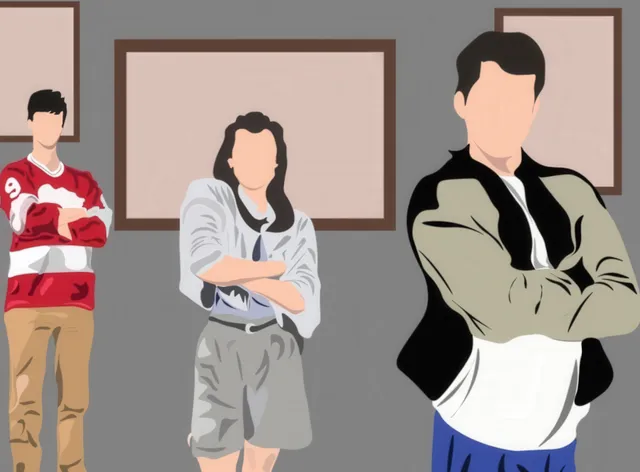The Fall (2006) - worth being loved
Review of The Fall (2006), Tarsem Singh's visually stunning fantasy drama starring Lee Pace and Catinca Untaru. Explore its breathtaking cinematography, authentic performances, and themes of love, grief, and redemption.
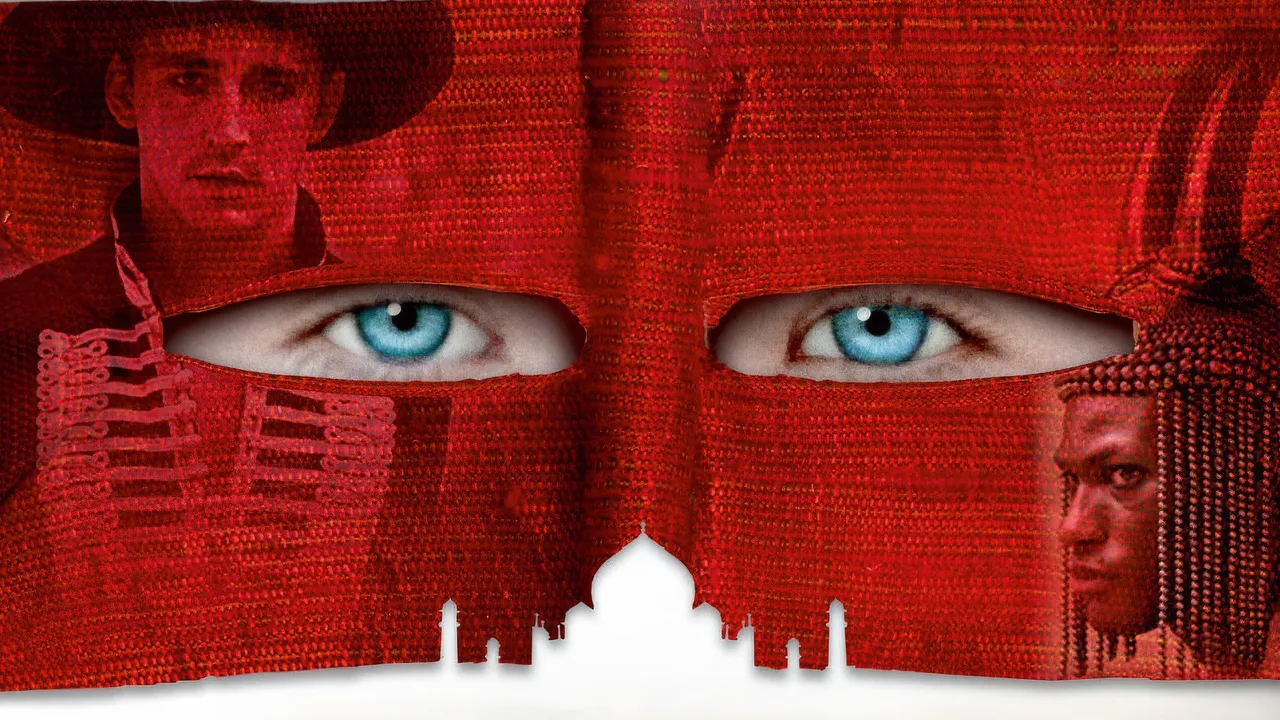
The official logline says, "a bedridden patient in 1920s Los Angeles captivates a girl with a fantastic tale." I would add this: the girl saves him with love, innocence, and hope. The movie is set around the silent era, roughly 1915 Los Angeles, and it uses a story-within-a-story to ask a blunt question: am I worth being loved.
What keeps the film honest is the friendship on screen. Lee Pace plays Roy Walker and the Masked Bandit; Catinca Untaru plays Alexandria. You can feel the real friendship between them because so much of what you hear was caught, not polished. Tarsem Singh filmed their hospital scenes to preserve spontaneity, even hiding the crew to let small, unplanned moments breathe. Untaru was a kid learning English; the communication gaps are real and they are left in the film. That is why the dialogue sometimes loops through "huh?" and "what?" and "did you understand?" It is how people actually talk across first languages. One famous example: she read the "E" in morphine as a "3," and Tarsem wrote that mistake into the plot. Pace also stayed in character and in bed to ground her reactions. The result is unforced, unrepeatable chemistry.
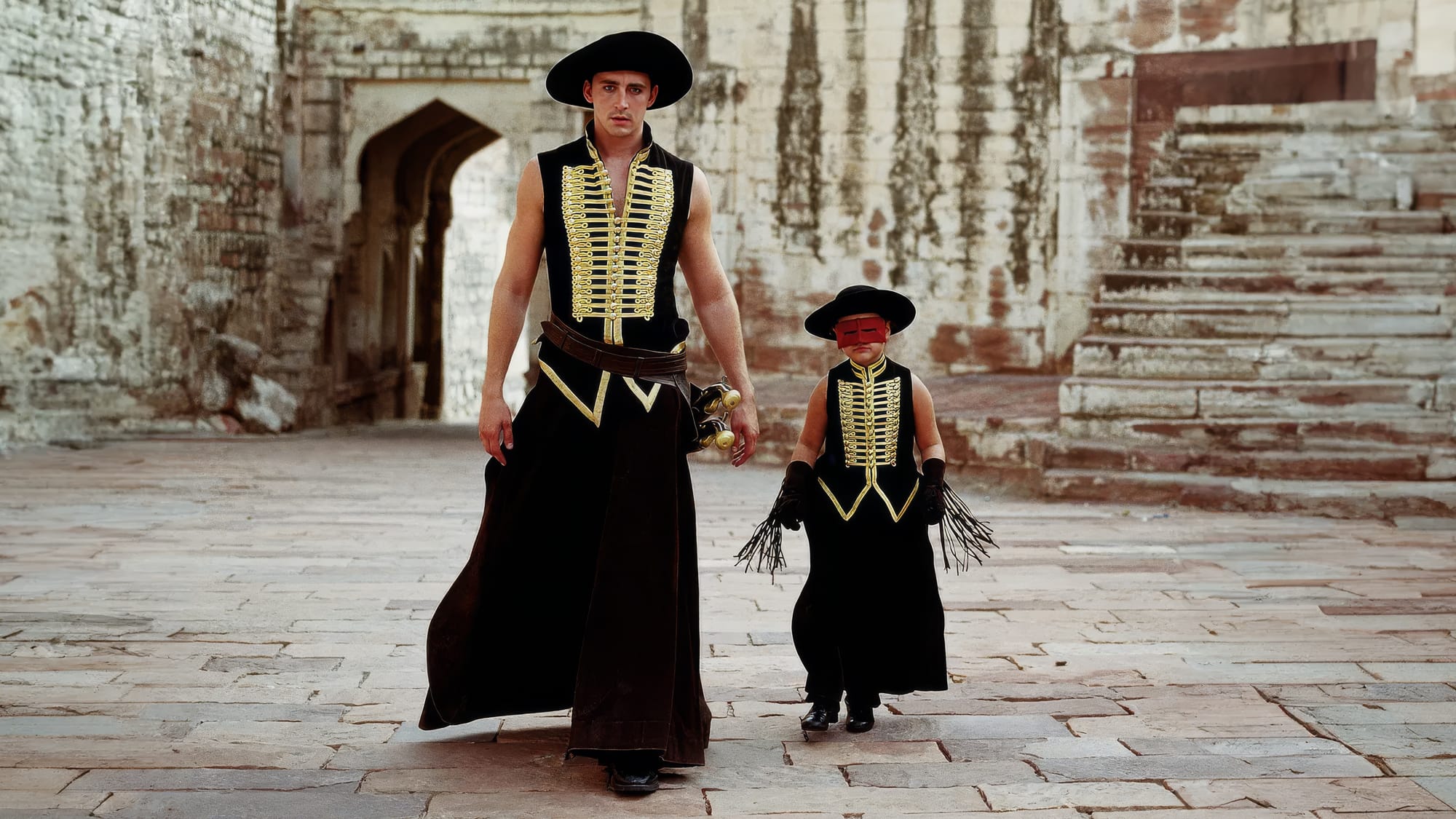
Visually, The Fall does what many movies only pretend to do: it transports you. It was shot over years, largely with the director’s own money, across more than two dozen countries, and it leans hard on real places rather than green screens. Tarsem chased images he believed would age better than computer trickery, and it shows; the film claims no CGI in its spectacles, and even skeptics will admit the emphasis is on in-camera illusions and design. You can feel the sand and stone at Deadvlei in Namibia, the geometry of Chand Baori’s plunging steps in Rajasthan, the Blue City of Jodhpur renewed in fresh paint, the Lake Palace in Udaipur, even Charles Bridge in Prague. This is why the fantasy feels tactile instead of theatrical.
The craft is unified. Colin Watkinson’s cinematography favors bold compositions you remember in your bones. Eiko Ishioka’s costumes carry a graphic clarity that keeps the fable legible at a glance. The opening, cut in stark black-and-white slow motion to Beethoven’s Symphony No. 7, sets the film’s heartbeat: elegiac, doomed, still beautiful. Krishna Levy’s score stitches the quieter passages together. These choices are not ornamental; they keep the fairy tale clear while the emotions get messy.
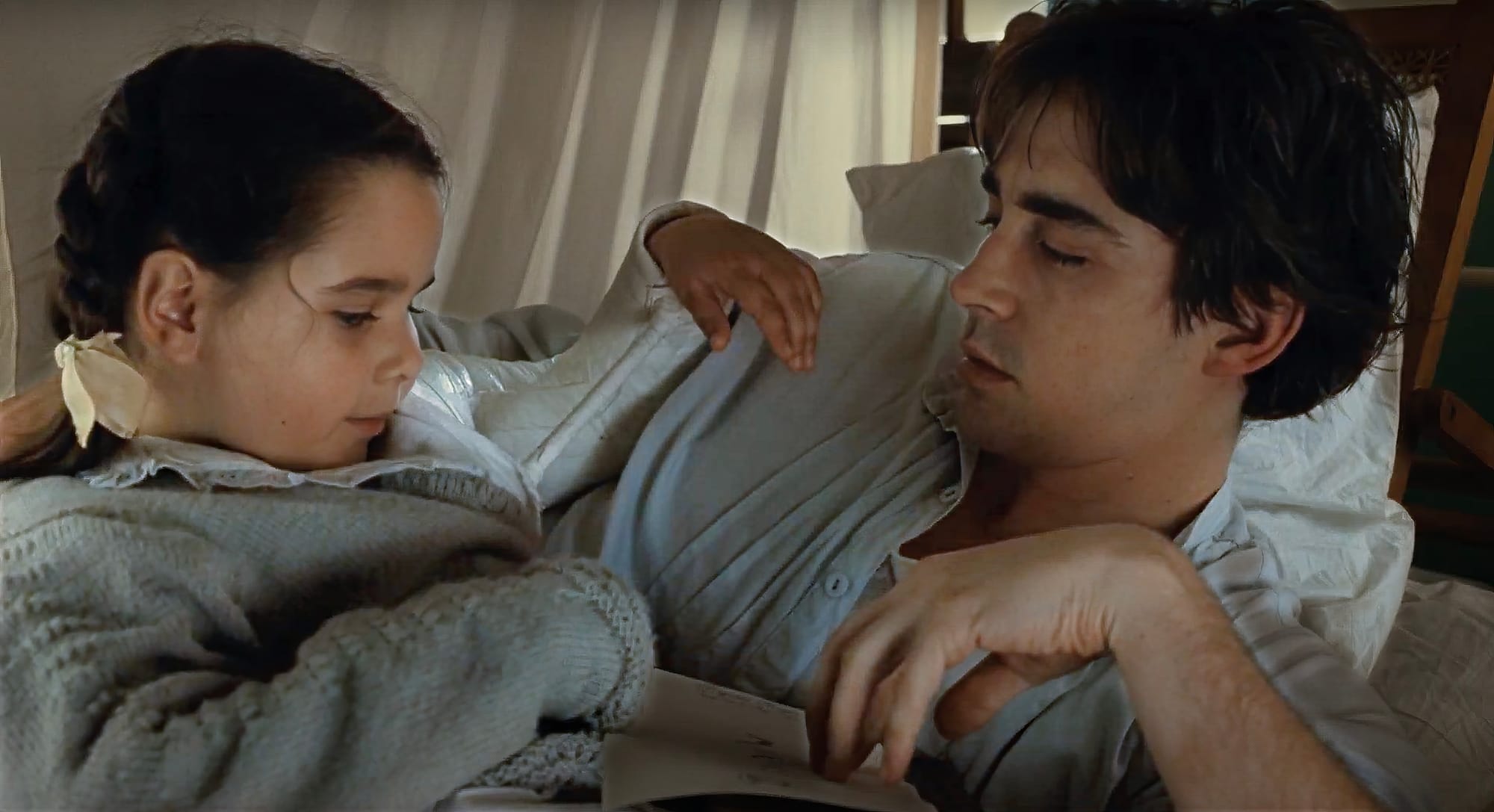
Underneath all that color is a plain story about grief curdling into self-annihilation and a child’s stubborn love cutting through it. Roy’s sad logic makes sense: he loses his love, loses his legs, and tries to end his life. He manipulates Alexandria to get there. She tries to help and gets hurt for it. That wound is the pivot. He cannot square what he has done with who he wants to be. The fantasy grows dark as Roy tries to kill off his heroes, but Alexandria refuses to accept his ending. The tale becomes theirs, not his alone, and he has to decide if the Bandit - a stand-in for himself - is worth saving. The real question Roy is asking the universe is whether he is worth being loved. The movie says yes, and makes him fight to believe it.
This is also a movie about mis-seeing and re-seeing. Roy says "Indian" and means a Native American; Alexandria imagines a man from India because that is her world. The film keeps doing this - swapping one meaning for another until both are true. It is a simple, brilliant way to show how stories are made between people, not just by one person. That co-authorship is why the ending lands.
If the visuals ever feel like they overwhelm the plot, I take that as the point. Grief, jealousy, and self-loathing are loud. Real affection is usually small. Tarsem lets the world get enormous so that the smallest thing - a child’s hand on yours, a line said simply - can cut through the noise. When Alexandria is hurt trying to help him, Roy finally sees clearly. That is the movie’s truest image.
A bit of history helps. The Fall premiered at Toronto in 2006, then fought its way to a U.S. release in 2008, with David Fincher and Spike Jonze helping to present it. It made little money and split critics, but Roger Ebert championed it with a 4-star review and later listed it among his favorites of the year. In 2024, a 4K restoration premiered at Locarno and streamed on MUBI, introducing a new audience to what has become a cult favorite. The backstory matches the film: stubborn belief, risk, and, finally, rescue.
Fast facts
- Written by Dan Gilroy, Nico Soultanakis, and Tarsem Singh; based on the 1981 Bulgarian film "Yo Ho Ho."
- Cinematography: Colin Watkinson. Costumes: Eiko Ishioka. Music: Krishna Levy. Runtime: 117 min. Rated R.
- Iconic locations: Deadvlei (Namibia), Chand Baori and Jantar Mantar (India), Jodhpur’s Blue City, Lake Palace (Udaipur), Charles Bridge (Prague).
The Fall is a simple story told with audacious means. It feels handmade and human because, at every level, it is. If you get carried away by the fantasy, you can miss what is right in front of you: a little girl insisting that a broken man is worth loving, and a broken man finally believing her. That is why this one stays with me.


